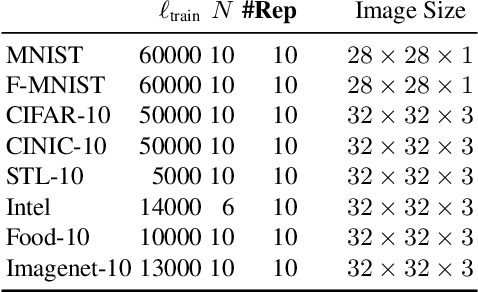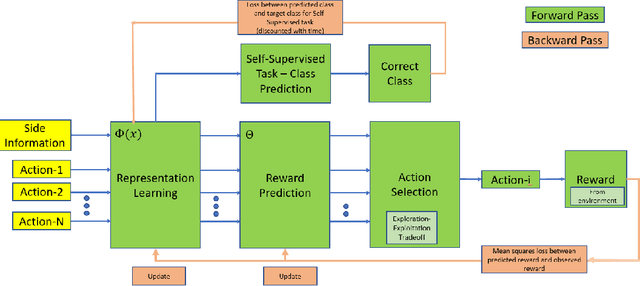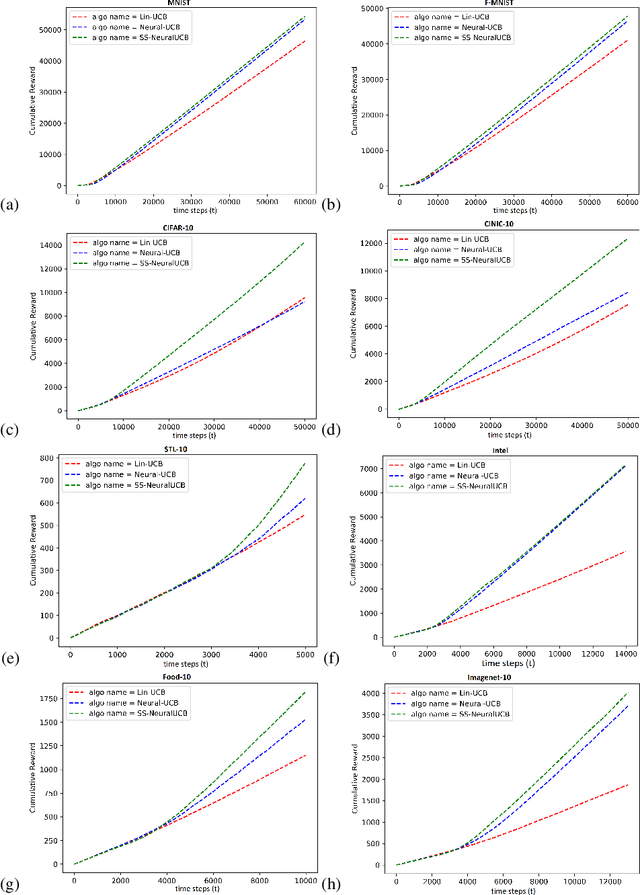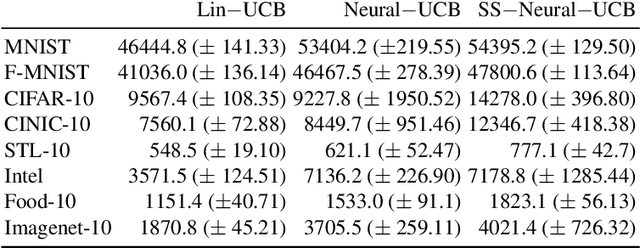Self-Supervised Contextual Bandits in Computer Vision
Paper and Code
Mar 18, 2020



Contextual bandits are a common problem faced by machine learning practitioners in domains as diverse as hypothesis testing to product recommendations. There have been a lot of approaches in exploiting rich data representations for contextual bandit problems with varying degree of success. Self-supervised learning is a promising approach to find rich data representations without explicit labels. In a typical self-supervised learning scheme, the primary task is defined by the problem objective (e.g. clustering, classification, embedding generation etc.) and the secondary task is defined by the self-supervision objective (e.g. rotation prediction, words in neighborhood, colorization, etc.). In the usual self-supervision, we learn implicit labels from the training data for a secondary task. However, in the contextual bandit setting, we don't have the advantage of getting implicit labels due to lack of data in the initial phase of learning. We provide a novel approach to tackle this issue by combining a contextual bandit objective with a self supervision objective. By augmenting contextual bandit learning with self-supervision we get a better cumulative reward. Our results on eight popular computer vision datasets show substantial gains in cumulative reward. We provide cases where the proposed scheme doesn't perform optimally and give alternative methods for better learning in these cases.
 Add to Chrome
Add to Chrome Add to Firefox
Add to Firefox Add to Edge
Add to Edge